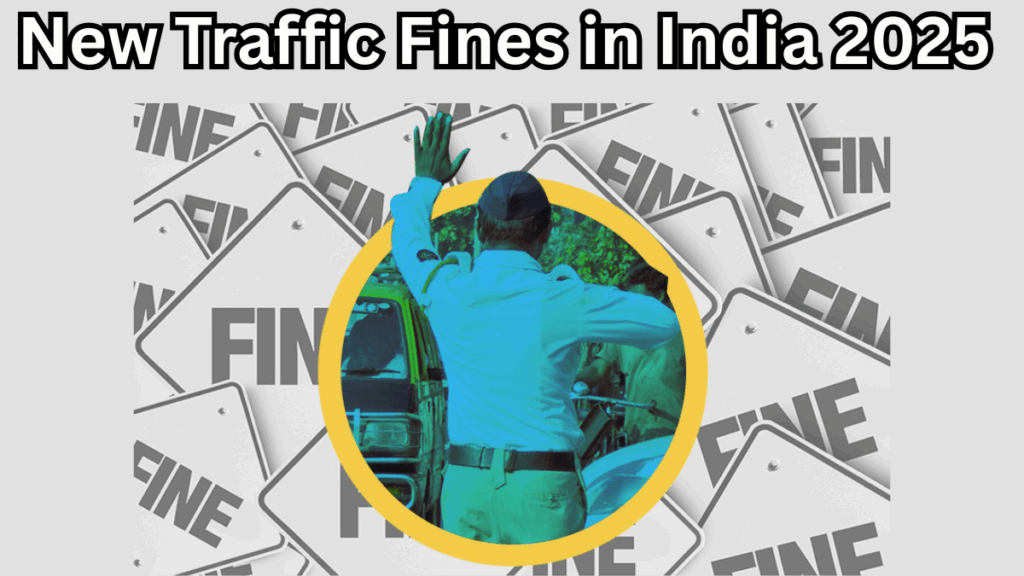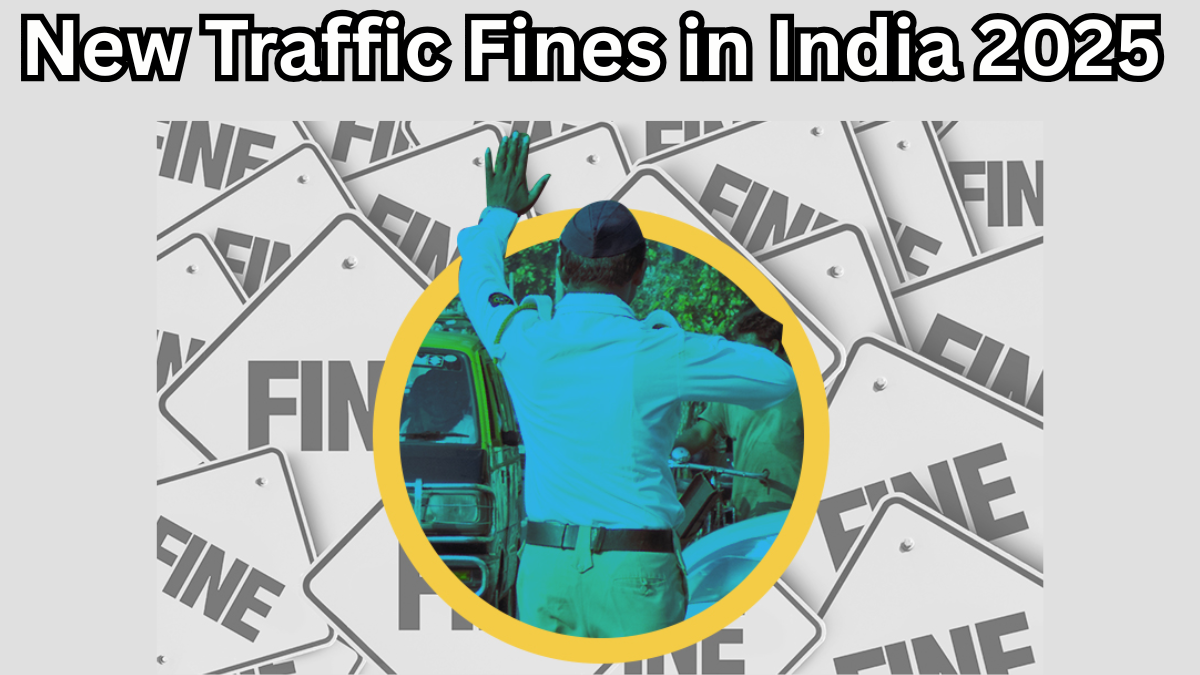India’s roads are dynamic and crowded, often chaotic. To improve road safety and instill discipline, the government has introduced the new road rules India for 2025. These changes come with stricter traffic violation penalties to reduce accidents and reckless driving.
Whether you’re behind the wheel of a car or riding a two-wheeler, staying informed can help you avoid costly fines and protect lives.

Why the Change in Traffic Fines?
The updates are more than just about revenue—they’re aimed at making roads safer. The primary reasons behind the new rules include:
-
Increasing awareness and responsibility among drivers
-
Reducing the alarming rate of road accidents and fatalities
-
Introducing more effective deterrents for traffic violations
-
Aligning with international road safety standards
Updated Traffic Fines in India 2025
Below is a summary of the most common offenses and the new penalties introduced under the new road rules India:
| Offense | Previous Fine | Revised Fine (2025) |
|---|---|---|
| Driving without a license | ₹500 | ₹5,000 |
| Drunk driving | ₹2,000 | ₹10,000 + imprisonment up to 6 months |
| Over-speeding | ₹400 | ₹1,000 (LMV) / ₹2,000 (HMV) |
| Driving without insurance | ₹1,000 | ₹2,000 |
| Not wearing helmet (2-wheelers) | ₹100 | ₹1,000 + 3-month license suspension |
| Seat belt violation | ₹100 | ₹1,000 |
| Using mobile while driving | ₹1,000 | ₹5,000 |
| Dangerous driving | ₹1,000 | ₹5,000 + license seizure |
| Juvenile driving | N/A | ₹25,000 + jail + vehicle owner liable |
| Driving despite disqualification | ₹500 | ₹10,000 |
| Unauthorized use of vehicle (without permit) | ₹5,000 | ₹10,000 |
Notable Additions in 2025
In addition to increasing the fines for existing offenses, the government has also introduced penalties for newer violations. These include:
-
Blocking emergency vehicles like ambulances or fire brigades: ₹10,000
-
Participating in racing or dangerous driving in public areas: ₹5,000 to ₹10,000, with possible license suspension
-
Overloading passengers or cargo: ₹2,000 plus ₹1,000 for each extra passenger
-
Failing to give way to emergency vehicles: ₹10,000
Smart Enforcement with E-Challans
India is adopting technology to make law enforcement fair and effective. Here’s how the e-challan system works:
-
Cameras and radar systems track and record violations in real time
-
Offenders receive digital challans via SMS or online portal notifications
-
Payments can be made quickly through official websites or mobile apps
-
Reduces human interference and discourages bribery
How to Avoid These Fines
Avoiding traffic violation penalties isn’t difficult. It just takes awareness and consistency. Here are a few quick reminders:
-
Always wear a helmet or seat belt, depending on your vehicle
-
Don’t use mobile phones while driving
-
Stick to speed limits and follow traffic signals
-
Carry updated vehicle documents and a valid license
-
Respect emergency vehicles and pedestrian zones
These are more than rules—they’re habits that protect everyone on the road.
Final Thoughts
The government’s overhaul of traffic violation penalties under the new road rules India is a bold step toward safer roads. While the fines may seem steep, they are intended to encourage more mindful and responsible driving.
Understanding these updates and following them is not only good for your wallet—but also for everyone’s safety.
FAQs
1. Are the new traffic fines applicable all over India?
Yes, these penalties are applicable nationwide. However, some states may adopt the changes at their own pace or include region-specific rules.
2. Can I challenge a wrongly issued e-challan?
Yes. If you believe a challan was issued in error, you can challenge it online through your state traffic police website with supporting evidence.
3. Is the helmet rule applicable to pillion riders too?
Yes, both the rider and the pillion passenger must wear helmets, failing which both may be fined.
4. What happens if I ignore or delay paying my fine?
Delaying payment may lead to additional penalties, court summons, or suspension of your driving license depending on the severity of the offense.
Click here to learn more
Pari is a passionate writer known for captivating stories that blend imagination and reality. Inspired by travel, history, and everyday moments, Pari crafts narratives that resonate deeply with readers.
